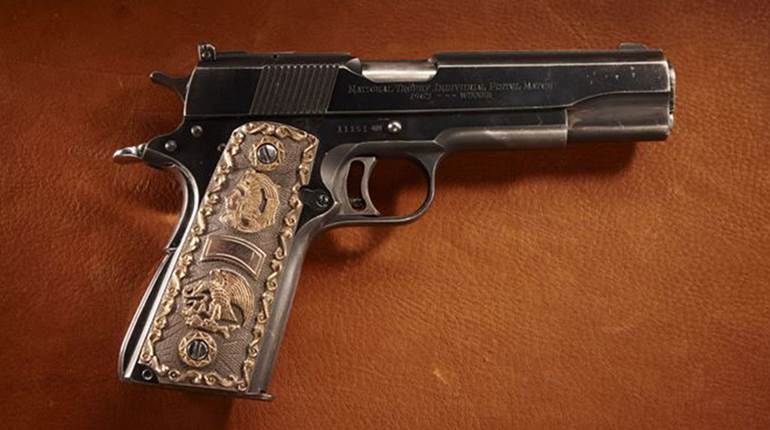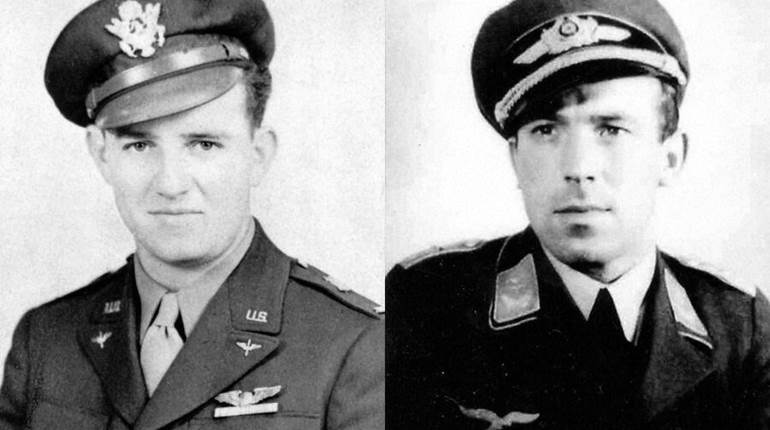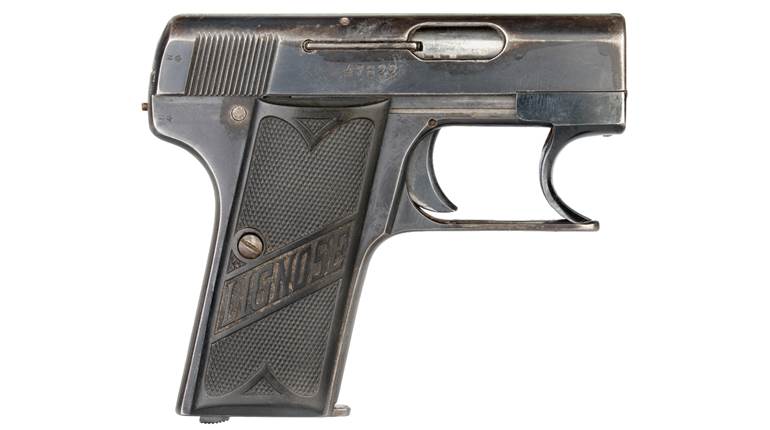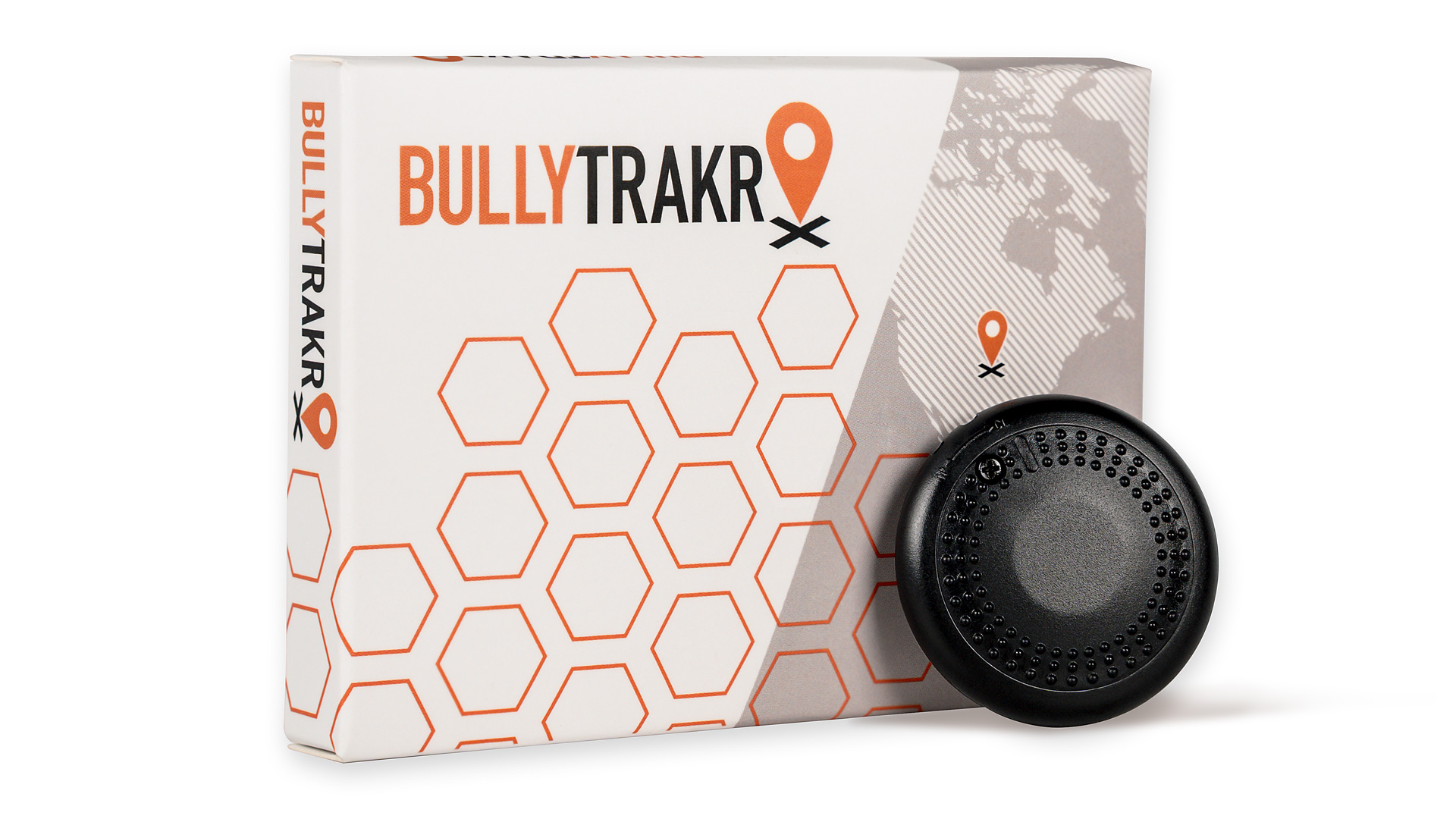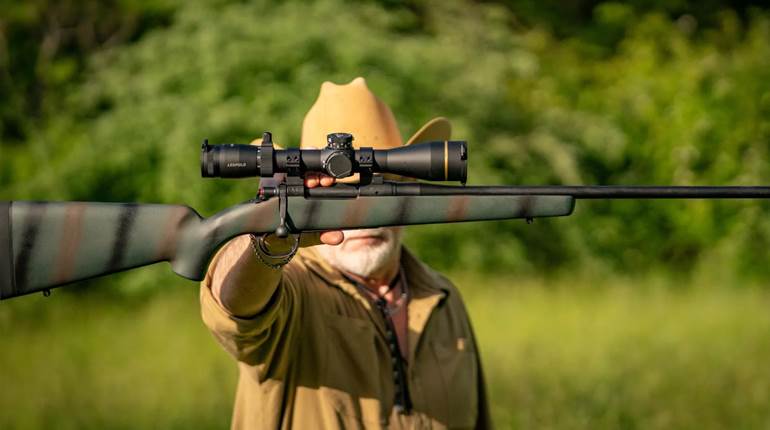
When it comes to fighting ships of the United States Navy during World War II, many immediately think of the large Essex Class aircraft carriers and sleek Iowa Class battleships. While these capital ships and other more well-known vessels played an important role in the various invasions of different coastlines and islands during the war, none were more important in such occasions as the vessels tasked with putting men and material ashore.
Of these landing vessels, some of the most successful and important were of the Landing Ship, Tank (LST) variety. These LSTs played an ever-important role of landing troops and tanks on beaches across both the Pacific and European theaters throughout the war. Over the course of World War II, more than a thousand of these unique vessels were built by shipyards across the United States. Today, barely a handful still remain.

One of these vessels can be found in the harbor of Muskegon, Mich., the U.S.S. LST 393. She now floats with her doors open to visitors as a museum ship, one of only two LSTs still in its original World War II configuration. The concept of the LST was originally developed early in the war based off observations from the British Admiralty after the disastrous naval evacuation at Dunkirk in 1940. The British had to rely on conventional ships during the evacuation, which were unable to pick up men and equipment directly from the beach.
This spawned the idea for a vessel capable of picking-up and delivering men and vehicles directly from the shore, which would evolve into the Landing Ship, Tank. The first LSTs were vessels modified with ramps and doors on their bows, and were selected for their shallow draft, or low hull depth beneath the waterline. Later vessels were designed from the keel up for the intended task. The British worked with the United States, due in part to the insistence of Winston Churchill, in the development of such ships. It was originally intended that the ships would be built for British use in American yards under the terms of Lend-Lease.

However, after the United States was forced into the war on Dec. 7, 1941, The United States Navy began to look into the LST designs for its own use, and adopted it as well. By early 1943, the ships were being built across the United States and given significant material focus as the demand for them ever increased. The shallow draft allowed the vessels to be built inland on rivers and other waterways normally not suited for ship construction, and numerous facilities were built or converted to mass-produce them.
U.S.S. LST 393 was one of the first class of standardized LSTs to be built and used by the U.S. Navy, the LST-1 class. She was laid down at Newport News Shipbuilding in Newport News, Virg., on July 27, 1942. The ship’s construction was completed in just four months, and she was launched on Nov. 11, 1942. LST 393 was commissioned and finally entered service on Dec. 11, 1942.

The LSTs were unusual compared to other large landing-support vessels. Like the dedicated troop ships, LSTs were capable of carrying infantry units and supplies. However, they could also carry tanks and other ground vehicles and deliver them along with the onboard troops directly to the beaches, without relying on smaller boats. This was thanks to the unique hull design of the LSTs, which included a large door and ramp built into the bow of the ship.
The bottom of the hull was flat and wide, with a gradual incline that made the draft of the stern deeper than the bow. As the ship approached a beach, the trim of the ship could be adjusted using ballast tanks to further adjust the incline of the hull. This would prop the bow of the ship upward and allow the hull to slide onto the shoreline without digging in and getting stuck. The bow doors would then open along with the ramp, allowing the men and vehicles to disembark directly onto the landing beach.

Once everything was off, the LST could then thrust itself backwards and off of the shore. Generally, the standard types of LST built were 348 ft. long, 55 ft. wide and weighed in at 2,140 tons empty, and up to 5,000 tons at full load. They featured a flexible hull design made up from welded-together pre-fabricated sections. Inside the hull, a large cargo hold called the tank deck runs through the center of the ship up directly to the ramp and doors at the bow.
At full capacity, a LST could carry up to 10 tanks and 15 smaller vehicles, with the upper main deck serving as overflow for the tank deck. Between the outer hull and tank deck were numerous compartments containing crew spaces, troop berths and the various other machinery spaces. The LSTs had room for 125 officers and crew, as well as 140 troops. Troops could be deployed through the tank deck off the main ramp, or put ashore in LCVP Higgins boats carried in limited numbers on the side of the ship.

LSTs were powered by two diesel engines driving two propellers, with a sluggish top speed of 12 knots, or just 14 m.p.h. The slow speed coupled with the lack of any real armored protection earned the LSTs the nickname “Large Slow Targets” by their crews. The only real protection offered to the LSTs were various machine gun and cannon mounts spaced across the ships for anti-aircraft defense. LST 393 had a variety of different defensive armaments throughout her carrier.
This included a single 3”/50 deck gun at the stern, which along with its primary anti-aircraft role could also play a small role against surface targets. Up to five 40 mm Bofors and six 20 mm Oerlikon mounts made up the majority of the ship’s defenses, being the most common anti-aircraft automatic cannons used by the U.S. Navy during the war. There were also two .50-cal. and four .30-cal. Browning machine guns mounts to provide extra support in defense against aircraft and patrol boats.

While this list of defensive armaments sounds impressive on paper, it was really intended as a last line of the defense of the ship should it come under concentrated attack, and offered little to no value in defending the ship against enemy warships. For this reason, the LSTs and other landing ships sailed together in convoys protected by destroyers an other warships. Despite the less-than-optimistic nickname given to them by crews, the LSTs suffered relatively few losses during the war, even though they were in the heat of battle from the shores of Normandy to the sands of Iwo Jima.
LST 393 spent the majority of her career during World War II in the European theater. Her first combat experience was in the Mediterranean during the Allied invasion of Sicily in July 1943, followed by the Salerno landings in Sept. 1943. Less than a year later, LST 393 along with several of her sister ships were gathered in the English Channel for Operation Overlord. On D-Day, June 6, 1944, LST 393 was assigned to Omaha Beach, where she went ashore and dropped off Sherman tanks and supplies.

In the process of unloading, LST 393 and the other LST on the beaches were left high and dry as the tides receded, leaving them trapped and exposed for two days. After getting free from the shore, the LSTs made repeated trips to England and back to Normandy to bring in more men and supplies. The Normandy landings in particular highlighted the importance of the LSTs, as their design abilities ensured supplies made it to the beaches.
The Allies didn’t have a port they could utilize in Normandy to bring in the amount of material needed to keep up with the demand of the advancing Allied forces, making the LSTs ability to unload on the shore invaluable. LST 393 made 30 round trips during this period, taking wounded men and prisoners back to England and returning to the Normandy shore with fresh troops, tanks and supplies. The support provided by the LST round-trips played a large role in helping the Allied forces build strength and eventually break out of Normandy.

After the Normandy landings, LST 393 returned to the U.S. east coast for a refit, during which she was fitted with a rare and novel reconnaissance aircraft launch and retrieval system called the Broadie landing system. This incorporated two crane-like booms at the bow and stern which supported a cable off the side of the ship. A Piper L4 Grasshopper equipped with a hooking device could side down and detach from the cable to take off, and then re-attach to land. This allowed the LST 393 to operate her own reconnaissance aircraft, and technically made her a rather unusual aircraft carrier.
She was painted in tropical camouflage, and sent on her way to the Pacific theater for the impending invasion of Japan. The war ended as LST 393 was making her way through the Panama Canal in September 1945. During her World War II service, LST 393 made 75 voyages to foreign shores, sailed more than 51,000 miles and transported more than 9,000 men and 3,200 vehicles.

She earned three battle stars for her combined service. After the war, the navy began downsizing the massive number of ships in its arsenal, decommissioning many of the LSTs. LST 393 shared the same fate, and was decommissioned on March 1, 1946. Many of the LSTs were either scrapped, destroyed in weapons tests, or sold off to other nations. As for LST 393, she was stripped of her armaments and sat in mothballs for two years.
The ship was purchased as war surplus in 1948 by Michigan industrialist and World War I veteran, Max McKee, who was the founder and president of the Sand Products Corporation, involved in both mining and shipping. The ship was reconfigured, with the bow doors welded shut and the tank deck modified to carry cars instead of tanks. Renamed the M/V Highway 16, after U.S. Route 16, the ship then began a new life as an automobile ferry across Lake Michigan, taking freshly made General Motor cars from Muskegon, Mich. to Milwaukee, Wis.

Initially, the ship could carry 210 cars, but this number decreased as car sizes increased. By the 1970s, the business lost steam and the ship stopped its runs to begin a long period of sitting in place. As Mr. McKee’s grandson recounted, it was an awesome experience to run up and down the deck of his grandfather’s “battleship.” Eventually, M/V Highway 16 stopped making vehicle runs and was retired.
By the 2000s, the six-decade-old ship was showing its age and in a state of decay. Instead of selling the old ship off for scrap, Mr. McKee’s grandsons and others sought to preserve and build her back as a memorial. A lot of work was needed to get LST 393 back into a resemblance of her former self. A Muskegon museum group started a restoration effort with help of the Michigan LST Association in 2000, which lasted two years. While the project ended before completion, it made some headway on repairs.

Another restoration effort began 2005, headed by Dan Weikel and Bob Wygant, with the permission of the ship’s owners. After two years of work, the interior spaces were cleaned, allowing the ship to be opened up for tours to the public. In 2007, the team succeeded in unfixing and opening the bow doors for the first time since 1948. Restoration efforts continue to this day by the U.S.S. LST 393 Veterans Museum, which relies on largely on donations and volunteer work to both maintain the ship and run the museum.
The interior of the ship’s tank deck is now set up as a veteran’s museum, made up of thousands of various artifacts. This includes various displays of equipment, weapons, uniforms, models and even a real Jeep. On the wall in one section of the museum displays is even the very champagne bottle used to christen the ship on Nov. 11, 1942 by The original christening bottle from LST 393's launch on Nov. 11, 1942, Lucy Jean Sorenson, the then young daughter of a shipyard architect.

The displays of the museum not only teach about the history of the ship and those like her, but about the contributions of Muskegon veterans in the armed forces as well. The rest of the ship, from the engine rooms deep in the ship to the bridge at the top of the superstructure, is also open to tours to the public, and has been largely restored. These spaces display the various roles of the different areas of the ship, and what life was like to crew one of the lumbering vessels.
While all of the defensive armaments LST 393 had during the war were long stripped off when restoration efforts began, the group has made efforts to find examples of and remount them as well. So far, the group has remounted a 3”50 deck gun back onto the ship along with a mock-up 20 mm Oerlikon mount, with plans of also adding a recently acquired 40 mm Bofors mount. Several more anti-aircraft gun mounts are needed to fully restore LST 393 into World War II configuration, which the museum could use help in sourcing.

As one of only two operational World War II era tank landing ships left, the U.S.S. LST 393 Museum is both a unique tourist destination and a humbling reminder of the sacrifices that generations of Americans made in the defense of this nation. It offers a mostly forgotten perspective of a unique type of ship used in nearly every major U.S. naval landing operation during World War II, and helped pave the way to eventual victory. For more information on the U.S.S. LST 393, the museum or for contact information, visit lst393.org.













